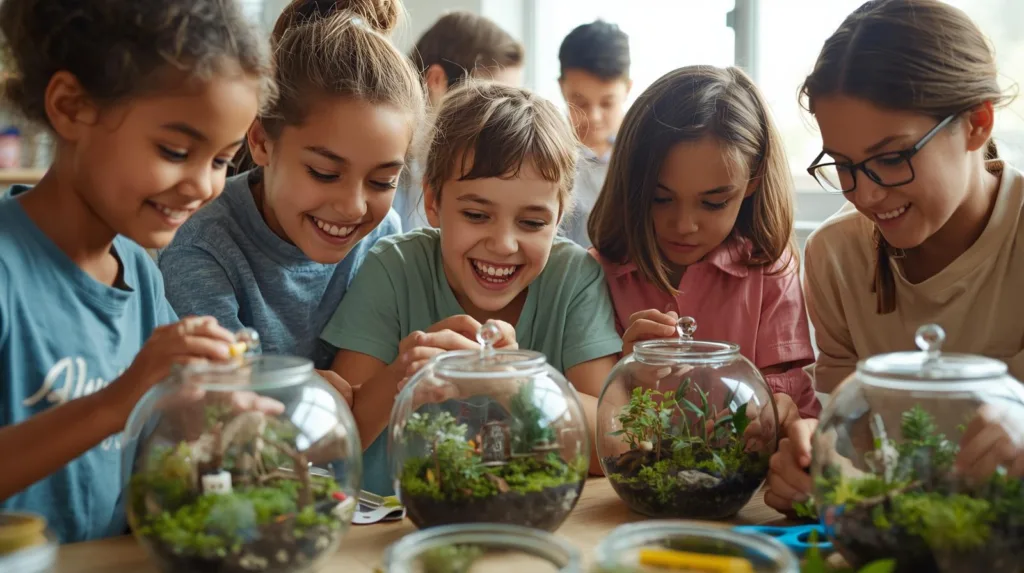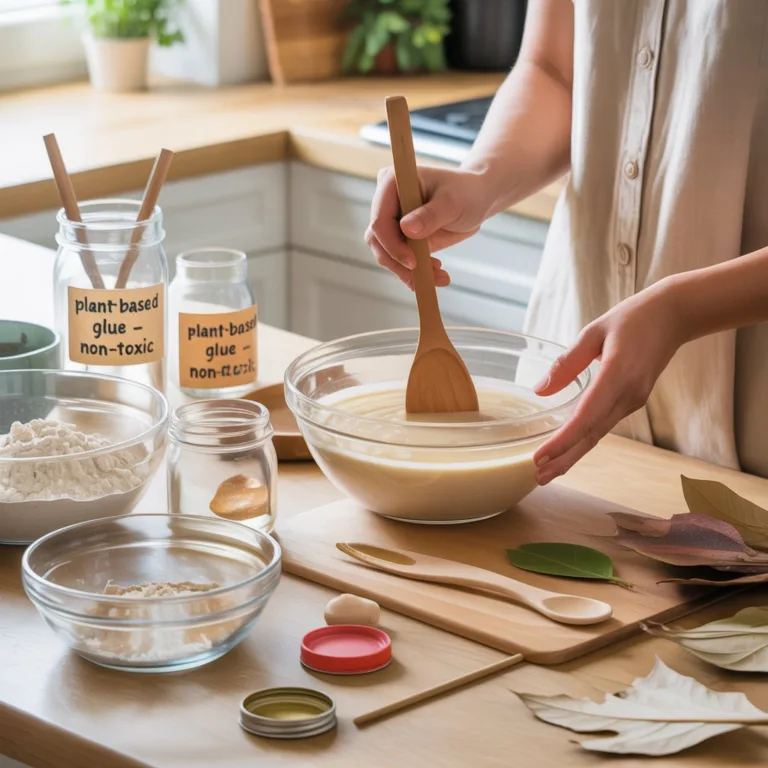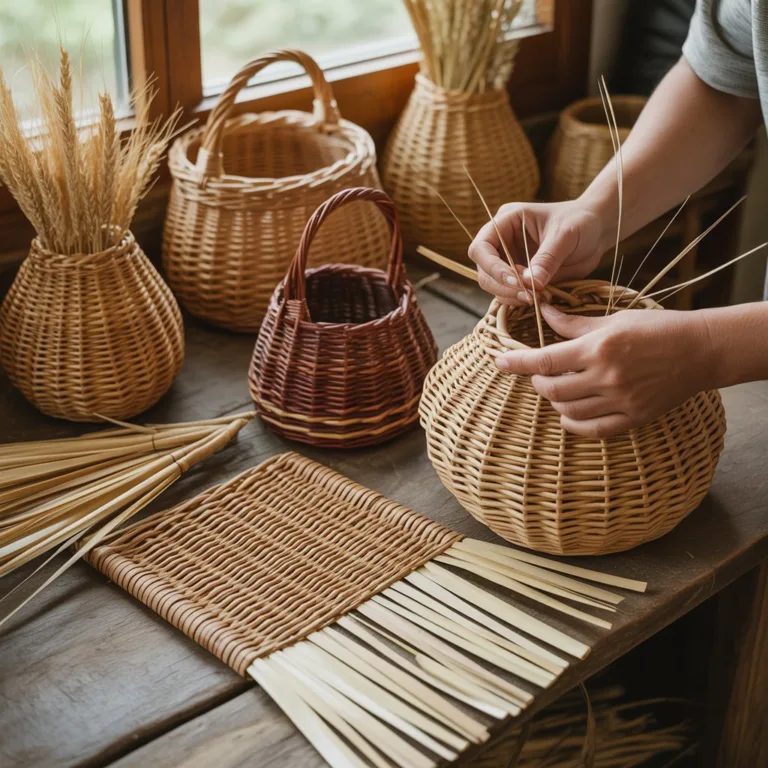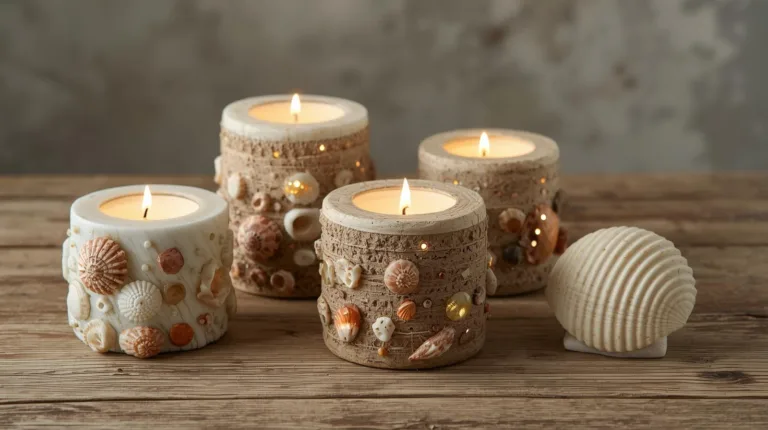Miniature forest terrariums are a fantastic way to combine hands-on crafting, environmental education, and creativity. By building small-scale ecosystems, children not only explore their artistic side but also learn about plant life, ecology, and the importance of sustainability. These projects foster curiosity and a sense of responsibility toward the environment while providing a fun, interactive activity that engages multiple senses.

Why Terrariums Are Ideal for Kids
Terrariums offer a unique combination of learning and creativity:
- Hands-On Science: Kids can observe plant growth, moisture cycles, and ecosystems in miniature.
- Artistic Expression: Designing the layout allows children to explore aesthetics and personal creativity.
- Environmental Awareness: Using sustainable materials teaches respect for nature.
- Compact and Safe: Terrariums require small spaces, making them suitable for classrooms and homes.
This combination of educational and recreational benefits makes terrarium projects highly effective for fostering environmental consciousness.
Materials You’ll Need
Gathering the right materials ensures both safety and success:
- Containers: Glass jars, aquariums, or recycled plastic containers.
- Substrate: Small pebbles, sand, or activated charcoal for drainage.
- Soil: Potting mix suitable for the chosen plants.
- Plants: Miniature ferns, mosses, succulents, or small tropical plants.
- Decorative Elements: Twigs, stones, tiny figurines, or recycled materials for personalization.
- Tools: Small scoops, tongs, spray bottles, and gloves for safety.
Using sustainable or recycled materials whenever possible reinforces eco-friendly practices.
Planning Your Miniature Forest
Before building, it’s helpful to plan the terrarium:
- Design Layout: Decide where each plant and decorative element will go.
- Consider Growth Needs: Select plants that share similar light, water, and soil requirements.
- Scale Appropriately: Ensure that plants have enough space to grow without overcrowding.
- Color and Texture: Mix different shades of green and textures for visual interest.
Planning ahead encourages thoughtful design and teaches children about planning and foresight.
Constructing the Terrarium
Follow these steps to create an engaging and educational project:
- Layer the Base: Start with pebbles or small stones for drainage, followed by a thin layer of activated charcoal to prevent odors.
- Add Soil: Carefully place potting soil, leaving enough room for plants and decorations.
- Plant Placement: Gently insert plants, considering spacing and arrangement for visual appeal.
- Decorate: Add moss, twigs, stones, or miniature figurines to enhance the forest effect.
- Water Lightly: Mist plants carefully to avoid overwatering, promoting healthy growth.
Encourage children to take their time and observe the process, fostering patience and attention to detail.
Teaching Opportunities in Terrarium Building
Terrariums provide numerous educational benefits:
- Biology and Ecology: Students learn about plant biology, soil composition, and micro-ecosystems.
- Sustainability: Incorporating recycled containers and natural materials emphasizes eco-conscious behavior.
- Problem-Solving: Adjusting layouts and plant arrangements develops critical thinking.
- Observation Skills: Watching plant growth and changes cultivates curiosity and attention to detail.
- Creativity: Children express themselves through design choices, colors, and arrangements.
Integrating educational discussions alongside crafting maximizes learning.
Fun Variations for Kids
Terrarium projects can be customized to keep activities fresh and engaging:
- Fairy Forests: Add miniature fairy figurines, bridges, and decorative stones.
- Animal Habitats: Include small animal figurines or simulate ecosystems like rainforests or wetlands.
- Themed Terrariums: Celebrate seasons, holidays, or cultural elements using natural materials.
- Classroom Competitions: Encourage kids to design unique terrariums and discuss their creative choices.
These variations make learning playful and help sustain interest over time.
Maintaining Your Miniature Forest
Proper care ensures the terrarium thrives:
- Light Requirements: Place terrariums in areas with appropriate light for chosen plants.
- Watering: Mist as needed, keeping soil slightly moist but not soggy.
- Temperature Control: Keep terrariums in a stable environment away from drafts.
- Monitoring Growth: Prune plants and rearrange decorations as needed.
Teaching kids to care for their terrariums develops responsibility and environmental stewardship.
Benefits for Children
Working on terrariums offers broad developmental benefits:
- Cognitive Development: Hands-on crafting promotes problem-solving and planning skills.
- Emotional Growth: Creating and caring for a living project encourages patience and empathy.
- Fine Motor Skills: Planting, arranging, and decorating enhances dexterity.
- Teamwork and Collaboration: Group projects strengthen communication and cooperative skills.
Terrarium projects combine learning and play, resulting in rich, holistic educational experiences.
Tips for Successful Projects
- Start small with simple designs for younger children.
- Encourage children to sketch their designs before building.
- Use child-safe tools and materials.
- Document progress with photos or journals to track growth.
- Introduce discussions about biodiversity and sustainability alongside the project.
Practical tips ensure that projects are safe, engaging, and educationally valuable.
Scaling Projects for Classrooms or Groups
Terrariums are versatile and can be adapted for larger groups:
- Multiple Stations: Assign different plant types or themes to each station.
- Team Challenges: Groups can collaborate on larger forest ecosystems.
- Integration with Curriculum: Tie projects to science, art, or environmental education lessons.
- Exhibitions: Display terrariums for parents, students, or community events.
Scaling allows children to share ideas, collaborate, and experience social learning.
Long-Term Learning Outcomes
By completing terrarium projects, children gain lasting skills:
- Understanding Ecosystems: Miniature forests demonstrate plant interactions and growth cycles.
- Creativity and Innovation: Design flexibility encourages artistic expression.
- Environmental Awareness: Hands-on experiences foster lifelong eco-conscious habits.
- Collaboration Skills: Working in teams promotes communication and problem-solving.
Terrariums provide a rich platform for continuous learning, creativity, and environmental engagement.
Engaging Families and Communities
Terrarium projects can extend beyond the classroom:
- Invite families to participate in workshops or school events.
- Organize community displays or eco-fairs showcasing terrariums.
- Encourage children to recreate projects at home, reinforcing learning.
Involving families and communities strengthens the educational impact and spreads awareness about sustainability.
Closing Thoughts
Crafting miniature forest terrariums with kids is an exceptional way to combine creativity, education, and sustainability. Through hands-on projects, children learn about plant biology, ecosystems, and environmental responsibility while developing essential skills such as problem-solving, observation, and collaboration. These small, indoor forests are more than just decorative—they are tools for cultivating curiosity, creativity, and lifelong eco-conscious habits.

Lucas Hartman is a DIY enthusiast and sustainability advocate focused on natural crafts and eco-friendly home décor. With a background in arts and design, Lucas creates tutorials that help families and hobbyists transform everyday recycled or organic materials into beautiful, functional projects.



